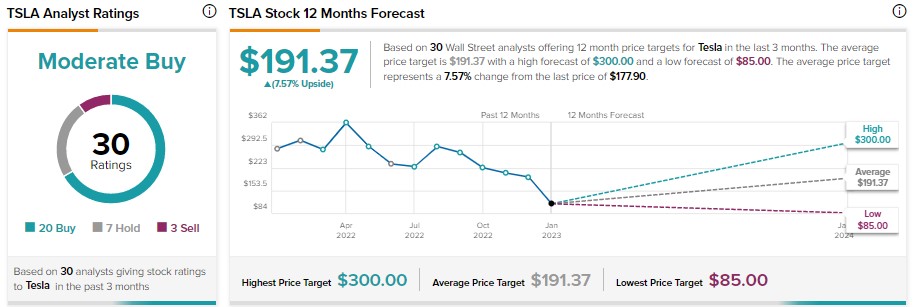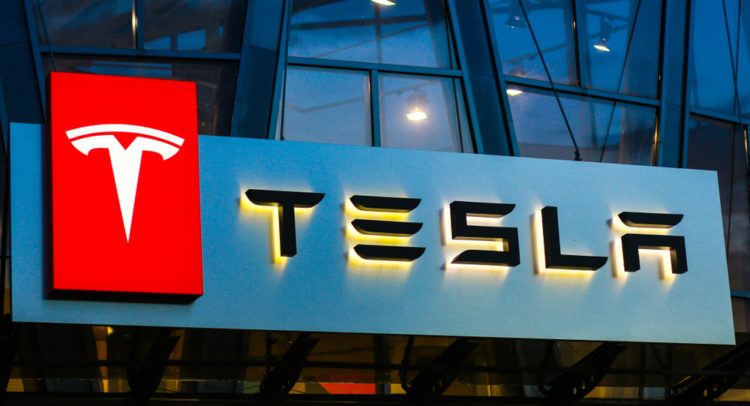Tesla (NASDAQ:TSLA) stock soared 33.3% last week. Tesla CEO Elon Musk’s positive commentary around demand and production during the Q4 (fourth quarter) conference call gave the stock a significant boost. While TSLA stock recovered some of its lost ground, Vijay Rakesh of Mizuho Securities remains upbeat and sees further upside.
Discover the Best Stocks and Maximize Your Portfolio:
- See what stocks are receiving strong buy ratings from top-rated analysts.
- Filter, analyze, and streamline your search for investment opportunities with TipRanks’ Stock Screener.
While economic uncertainty indicated a contraction in the automotive market in 2023, Musk highlighted that the company witnessed the strongest orders (the highest in its history) in January. He added that the company is seeing orders that are twice its production rate. Thanks to the high order volumes, the company slightly raised the price of its Model Y. Moreover, Musk expects demand to remain strong.
Additionally, Tesla will likely benefit from the increase in production and margin expansion. Tesla rolled out production guidance of 1.8 million vehicles for 2023 (with a potential for 2 million vehicles). Meanwhile, its operating margin will likely benefit from operating leverage.
Taking note of Tesla’s leadership position in the EV market and strong profitability, Rakesh said, “we continue to see TSLA as a global leader in EV (~17% C22E share) with industry leading margins and a long-term 50% CAGR production target intact, as we see secular EVs growing at a ~30%+ 10Y CAGR.”
Even though the five-star analyst is bullish about Tesla stock, he sees weak consumer spending and affordability as near-term headwinds. Nevertheless, his price target of $250 implies a further upside of 40.53% in Tesla stock based on the closing price of $177.90 on January 27.
Will Tesla Stock Go Up in 2023?
Tesla stock has gained over 44% year-to-date. Moreover, the majority of analysts remain bullish about its prospects. TSLA stock has received 20 Buy, seven Hold, and three Sell recommendations for a Moderate Buy consensus rating on TipRanks. Meanwhile, analysts’ price target of $191.37 implies an upside of 7.57%.

Bottom Line
Tesla’s market leadership and strong demand position it well to deliver solid sales in 2023. Moreover, its ability to expand operating margins by introducing lower-cost models, more-efficient factories, and operating leverage bodes well for profitability. However, economic uncertainty may continue to be a short-term drag.









